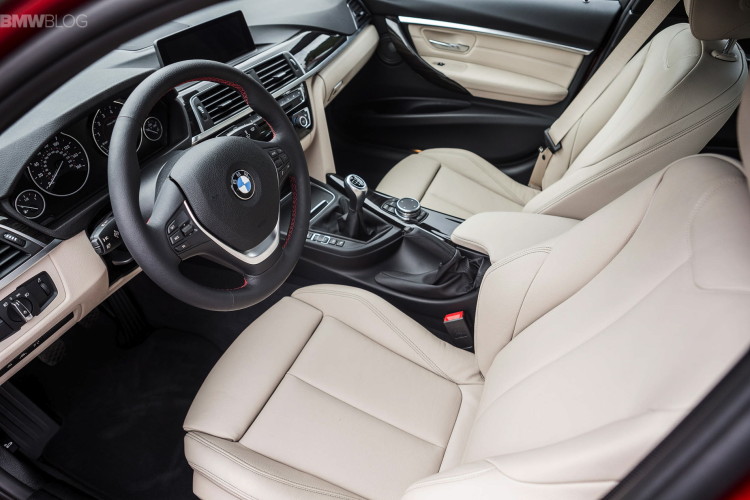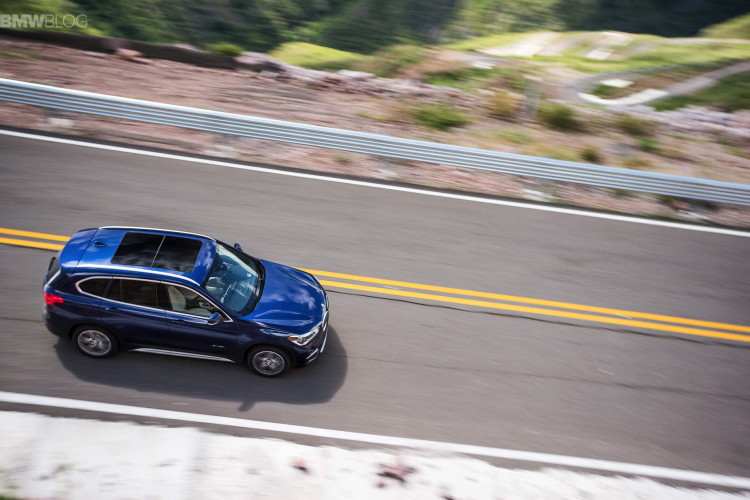The second generation of the entry-level X1 SUV is shaping up to be one of the most successful vehicles ever built by BMW. In January 2017, the F48 X1 was by far the most sold BMW in the home market Germany – 5,120 units sold. At this pace, the BMW X1 could surpass the value of the previous year after just six months. Worldwide, more than 20,000 units were sold in the first month of the year, which again exceeded the prior-year period by more than 40 percent. The X1 alone therefore was sold more than all the cars under the MINI portfolio. To the success of the BMW X1 has also contributed the long version of the compact SUV offered only in China and also as a plug-in hybrid.
Introduced in 2009, the X1 became the pioneer for the segment. Then in 2015, it was introduced in its second-generation guise which was far more premium and aesthetically pleasing than the first iteration. The new X1 stood out with its more imposing stance than the slightly ungainly looking original, also with the angry looking slant of the hood and headlights, combined with the lower front fascia, creating an ‘X’. All of these design changes gave the X1 that look that BMW customers are looking for.
Most customers who buy smallish SUVs, even luxury SUVs, are after more practical traits than performance ones. Things like space, comfort, safety, features and price so they will notice that the new X1 also offers more interior and cargo space over the previous car, offers excellent fuel economy, decent performance and loads of comfort at a great price. So for that kind of buyer, which most small SUV buyers are, the F48 BMW X1 is an excellent package, even if enthusiasts might claim the 3 Series wagon to be the superior car.
Furthermore, the X1 was made available with such new options as Dynamic Damper Control, Adaptive Cruise Control, a Panoramic Moonroof, a Heads-Up Display and even Traffic Jam Assist which will take over driving at up to 37 mph and can control speed, proximity to other vehicles and lane-keeping. So the X1 is not just the baby BMW SUV, but also high-tech and sophisticated, much like BMW’s higher-end models.
At the time of its introduction we predicted that the X1 is going to fly off of dealer lots and based on the latest sales numbers, that might have been an understatement.
In 2017, people want crossovers more than anything else and with the X1 being one of the most affordable BMWs, even more so than the 3 Series, it’s a no-brainer for most customers.










































































